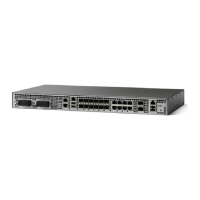Table 8: Selection of LSPs for Validation
traceroute mpls Keyword and
Argument
ping mpls Keyword and ArgumentFEC Type
ipv4 destination-address
destination-mask
ipv4 destination-address
destination-mask
LDP IPv4 prefix
traffic-eng tunnel-interface
tunnel-number
MPLS TE Tunnel is not
applicable on the ASR
900 RSP3 Module for the
Cisco IOS XE Release
3.16.
Note
traffic-eng tunnel-interface
tunnel-number
MPLS TE Tunnel is not
applicable on the ASR
900 RSP3 Module for the
Cisco IOS XE Release
3.16.
Note
MPLS TE tunnel
MPLS LSP Traceroute does not
support the AToM tunnel LSP type
for this release.
pseudowire ipv4-address vc-id
vc-id
AToM VC
Reply Mode Options for MPLS LSP Ping and Traceroute
The reply mode is used to control how the responding device replies to a Multiprotocol Label Switching
(MPLS) echo request sent by an MPLS LSP Ping or MPLS LSP Traceroute command. The table below
describes the reply mode options.
Table 9: Reply Mode Options for a Responding Device
DescriptionOption
Reply with an IPv4 User Datagram Protocol (UDP)
packet (default). This is the most common reply mode
selected for use with an MPLS LSP Ping and
Traceroute command when you want to periodically
poll the integrity of a label switched path (LSP).
With this option, you do not have explicit control over
whether the packet traverses IP or MPLS hops to
reach the originator of the MPLS echo request.
If the headend device fails to receive a reply, select
the router-alert option, “Reply with an IPv4 UDP
packet with a router alert.”
The responding device sets the IP precedence of the
reply packet to 6.
You implement this option using the reply mode ipv4
keywords.
ipv4
MPLS Basic Configuration Guide, Cisco IOS XE Everest 16.5.1 (Cisco ASR 900 Series)
72
MPLS LSP Ping, Traceroute, and AToM VCCV
Command Options for ping mpls and trace mpls

